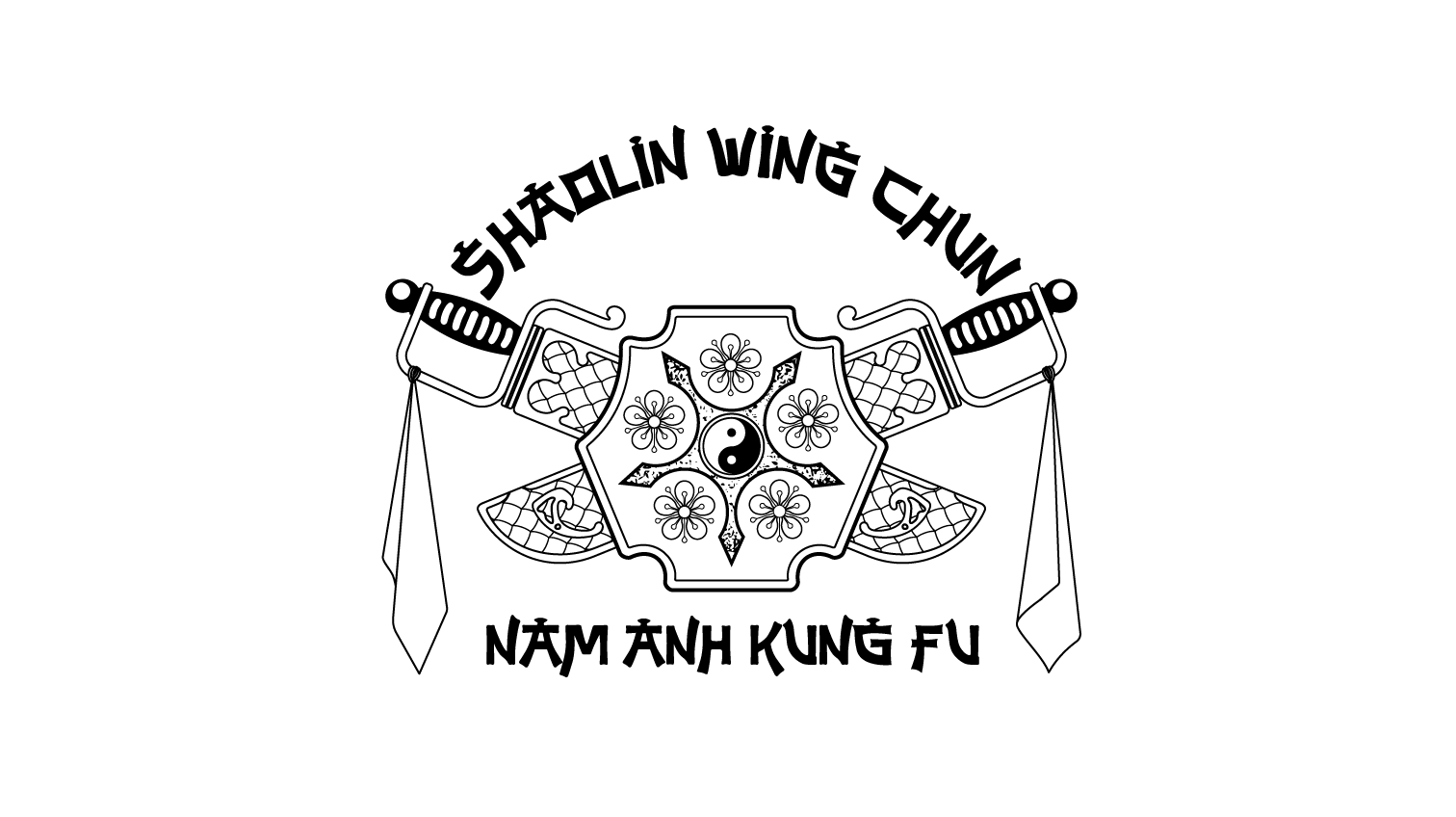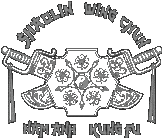BODHIDHARMA
Born in 483 AD, third son of a Brahmin king of the Sardili clan and educated according to the standards of the time, Bodhidharma was versed in the arts, politics, sutras and techniques of war. Barely thirty years old, he left the princely comforts to devote himself to a religious life and the achievement of Enlightenment. Having become an extremely famous monk, he went to China to propagate the teachings of Buddha there like many of his Indian counterparts during the Three Kingdoms era. Received at the Kuan temple in the province of Guangdong (Canton) around 527 AD, the governor of Guangdzou recommended Bodhidharma, alias Tamo, to Emperor Liang Wu. His stay in Nanjing was only very brief, the legend relating that the Emperor did not like Tamo’s speech much. He resumed the road towards Luoyang, his pilgrimage ending at the Shaolin Monastery, a few kilometers from the capital. While he had been teaching Chan Buddhism (better known under the Japanese designation “Zen”) there for several years, Bodhidharma found that the poor health of the monks did not allow them to raise their consciousness and achieve Enlightenment. Their lifestyle emphasized meditation to the detriment of the physical body. Dismayed, he retreated to a cave and meditated for nine years. This isolation resulted in the writing of three books, which still constitute the oldest proof of a structured and comprehensive knowledge system in the field of martial arts in China. a few kilometers from the capital. While he had been teaching Chan Buddhism (better known under the Japanese designation “Zen”) there for several years, Bodhidharma found that the poor health of the monks did not allow them to raise their consciousness and achieve Enlightenment. Their lifestyle emphasized meditation to the detriment of the physical body. Dismayed, he retreated to a cave and meditated for nine years. This isolation resulted in the writing of three books, which still constitute the oldest proof of a structured and comprehensive knowledge system in the field of martial arts in China. a few kilometers from the capital. While he had been teaching Chan Buddhism (better known under the Japanese designation “Zen”) there for several years, Bodhidharma found that the poor health of the monks did not allow them to raise their consciousness and achieve Enlightenment. Their lifestyle emphasized meditation to the detriment of the physical body. Dismayed, he retreated to a cave and meditated for nine years. This isolation resulted in the writing of three books, which still constitute the oldest proof of a structured and comprehensive knowledge system in the field of martial arts in China. Bodhidharma found that the poor health of the monks did not allow them to raise their consciousness and attain Enlightenment. Their lifestyle emphasized meditation to the detriment of the physical body. Dismayed, he retreated to a cave and meditated for nine years. This isolation resulted in the writing of three books, which still constitute the oldest proof of a structured and comprehensive knowledge system in the field of martial arts in China. Bodhidharma found that the poor health of the monks did not allow them to raise their consciousness and attain Enlightenment. Their lifestyle emphasized meditation to the detriment of the physical body. Dismayed, he retreated to a cave and meditated for nine years. This isolation resulted in the writing of three books, which still constitute the oldest evidence of a structured and comprehensive knowledge system in the field of martial arts in China.
The three works dealt with the three aspects of the human being according to the traditional Eastern conception: the physical, energetic and mental bodies. The first book, The Muscle and Tendon Transformation Book (in Cantonese Yi Kin King), outlined basic exercises to improve the strength and flexibility of the body, as well as fighting techniques. The second book, The Marrow Enema Book, was about energy exercises. Finally, the third collection was devoted to spiritual work. Upon his return, Bodhidharma taught these techniques exercising both body and mind. Subjected to regular training, the monks improved their physical condition and health. They were thus able to continue their daily work with more vigor and their spiritual work with more conviction. The learning of combat techniques endowed them with means of defense against the attacks of highways and against the assaults of the monasteries in time of war. Destroyed and rebuilt over and over again, persecuted by some Emperors and prized by others, subject to influence games between Taoist, Confucian or Buddhist schemers confronting each other for imperial attention, the Shaolin temple has survived centuries of political intrigue. . He grew in political, economic and social importance and even became famous thanks to his monks recognized to be powerful fighters, defenders of the destitute and the oppressed,
SHAOLIN TEMPLE
At the beginning of the Tang Dynasty, the monks played a decisive role in the subjugation of General Wang Shichong by Li Shimin (reign from 626 to 649 AD). As a token of his gratitude, the Emperor (also known as Tai Tsung) gave more land to the monastery and allowed it to mount his own army. The temple increased its reputation and prosperity and became a great center for the practice of martial arts under the Yuan and Ming dynasties.
At the beginning of the Qing Dynasty, during the reign of Kan Shi (1661 to 1722 AD), the Shaolin Temple remained a powerful martial arts center whose fame attracted many students, thanks to an Emperor who encouraged the development of all religions. Among these students, several were supporters of the fallen Ming dynasty. Trained in the most effective fighting techniques, these rebels quickly became a serious threat to the government. Emperor Kan Shi had to severely suppress the Shaolin temple when it turned out to be a center of resistance in favor of the Ming dynasty. His grandson, Emperor Chian Lung (1736 to 1796 AD), organized new punitive expeditions against the temple. Stories of betrayal accompanied by a growing number of rebellious secret societies, connected in some way to the monastery, helped lead to the total destruction of the temple and the slaughter of monks and nuns. Only five Grand Masters survived the slaughter, the “Five Invincibles”: Jee Shim Shim Shee, Fung Tao Tak, Mieu Hien, Pak Mei and Ng Mui.
THE FIVE INVINCIBLES
These five characters tinged with legendary feats are at the origin of most of the styles of Kung Fu known today. They lived in an era of turmoil in the martial arts, where the pressing need to train fighters quickly demanded the reform of traditional methods. Many schools were born: some claimed to offer the most effective barehand techniques, others, the fastest training. The schools presented different techniques or simply emphasized certain particular techniques. Among these “Five Invincibles”, Ung Mui constitutes the point of attachment of the history of the Wing Chun School to that of the Shaolin Temple.

